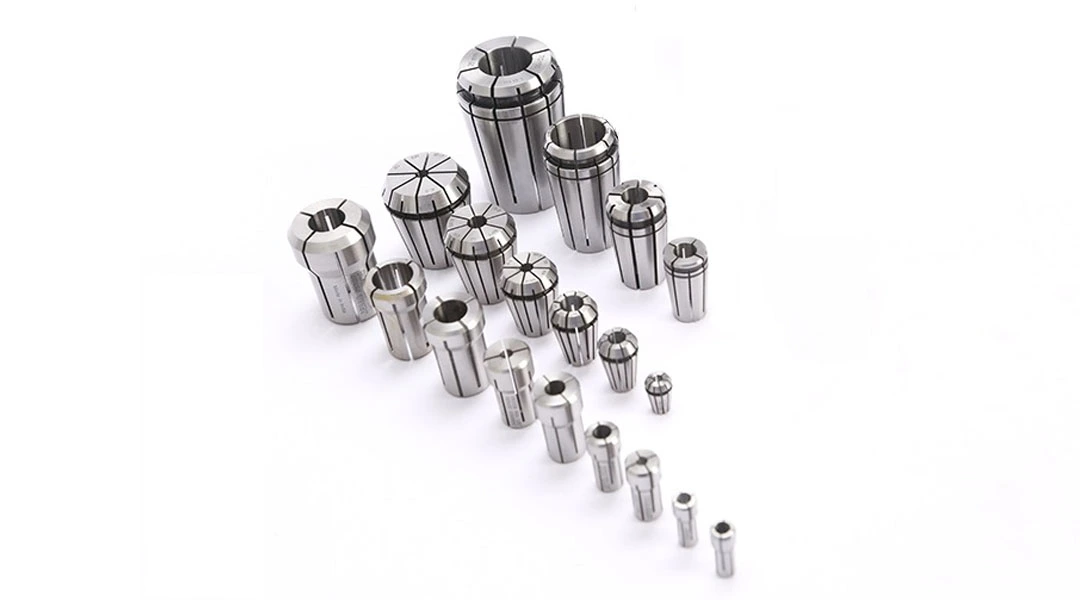Introduction
In the world of machining, precision and reliability are paramount. Whether you are working on a DIY project or running a high-production manufacturing operation, the quality of your machining tools and accessories can significantly impact the outcome of your work. Among the many components that play a crucial role in machining are collets. In this article, we’ll delve into what collets are, their importance in machining, and how they contribute to achieving precision and efficiency in various applications.
Collets: The Clamping Powerhouses
Collets are essential workholding devices that grip and secure the cutting tool or workpiece in place during machining operations. These cylindrical, sleeve-like components are typically made of high-quality materials such as steel or carbide and come in a variety of sizes and types to accommodate different tool diameters and workpiece shapes.
Types of Collets
1. Round Collets: These are the most common type of collets and are used for holding round workpieces or round-shank tools.
2. Hex Collets: Designed for hexagonal shank tools, these collets provide a strong and secure grip.
3. Square Collets: Square collets are ideal for square tool shanks and workpieces, offering stability and precision.
4. ER Collets: The ER collet system is widely used in the industry due to its flexibility. It can hold a range of tool diameters within a specified size range.
Understanding the Importance of Collets In Machining:
1. Tool Security: Collets provide a secure grip on cutting tools, preventing them from slipping or `moving during machining. This enhances safety and ensures precise cuts.
2. Workpiece Stability: When used to secure workpieces, collets prevent vibration and movement, resulting in more accurate and consistent machining.
3. Quick Tool Changes: Collets with quick-change features enable efficient tool changes, reducing downtime and increasing productivity.
Conclusion
Collets are the backbone of many machining operations, offering stability, precision, and efficiency. Understanding their importance and selecting the right ones for your specific applications can make a significant difference in the quality of your work. Whether you’re a hobbyist or a professional machinist, these small but essential components should never be underestimated in their role in achieving machining excellence.

